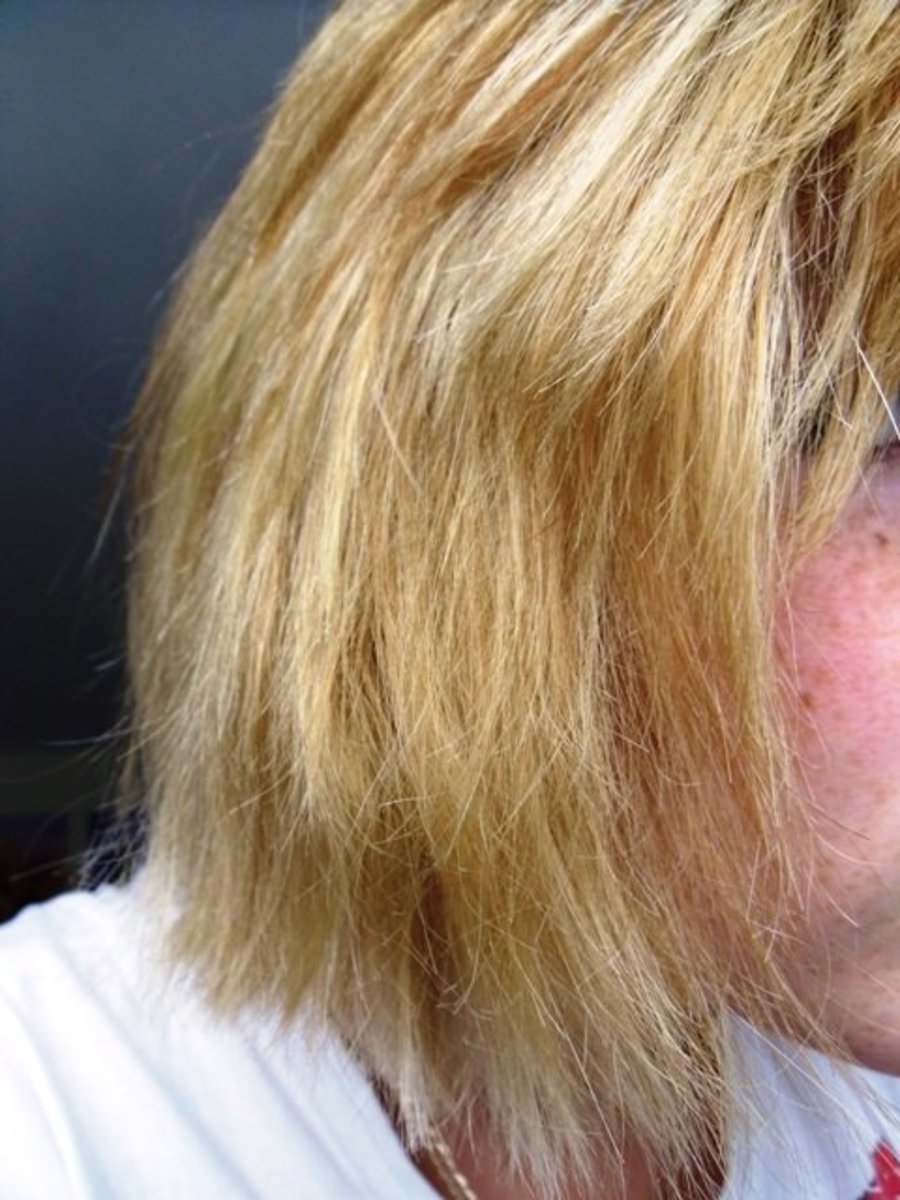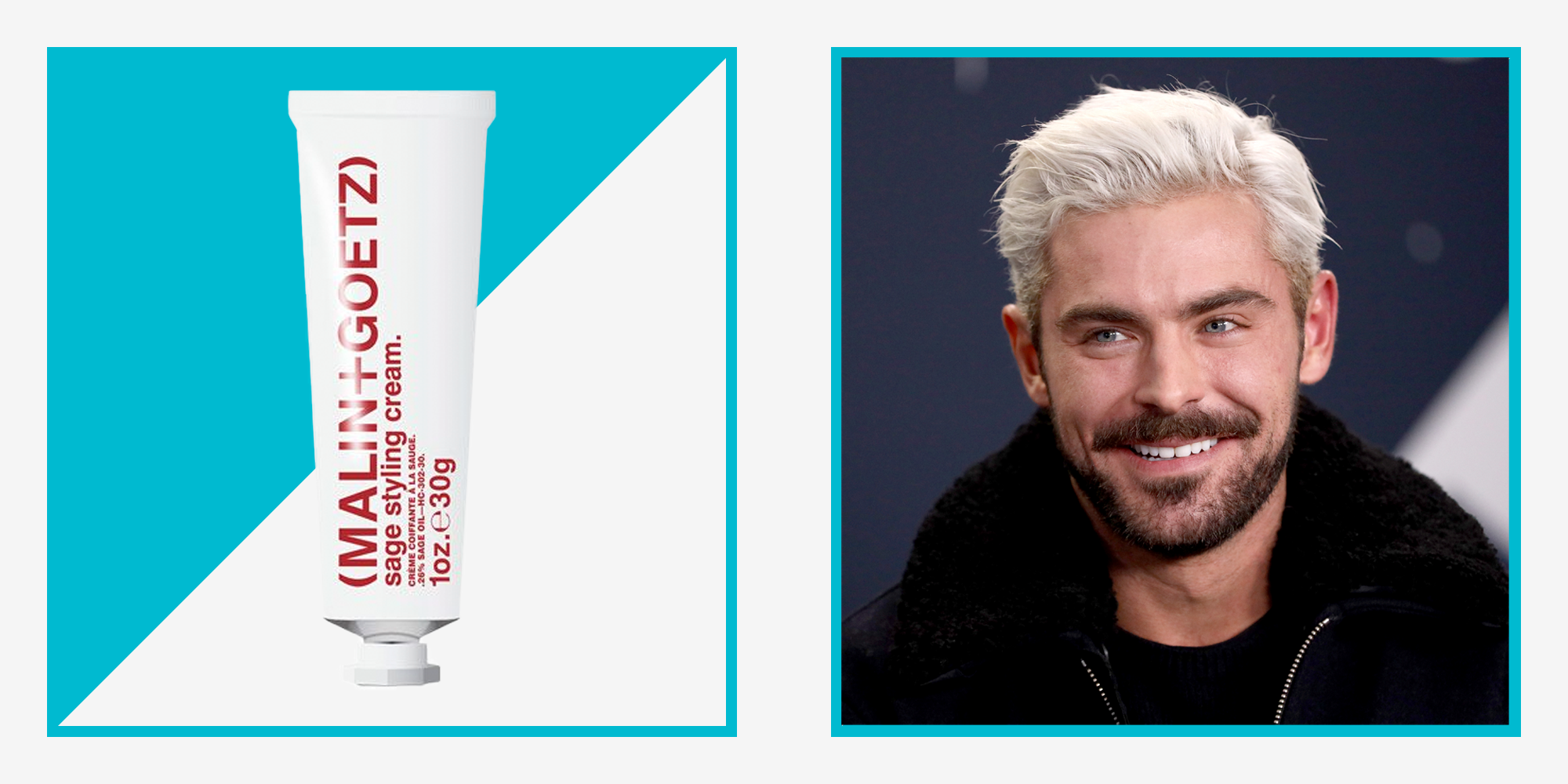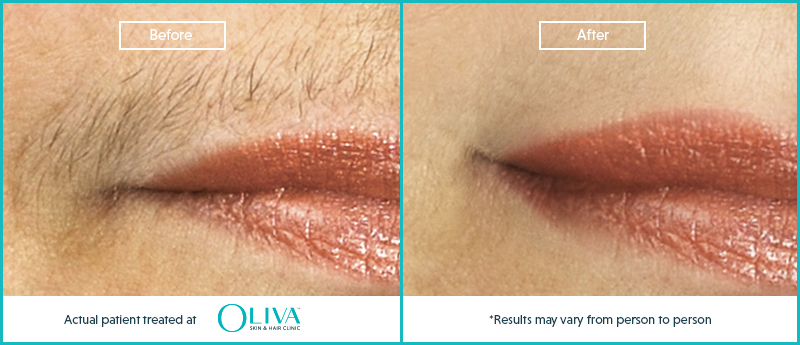Table Of Content

If you have processed or colored hair, wait for three months before you decide to bleach it. Your hair is also more susceptible to damage if you reprocess it too soon. “You’ll want to examine your hair and make sure that it’s in optimum condition, meaning it’s in good health and strong enough to handle the process,” says Jackson. If you see a lot of splitting, dryness or weakened ends, hold off on the bleach, which can cause more damage and even breakage. Separate the hair into four large sections (two in the back and two on top) with a comb or the handle of a color brush. Each section should be clean and well delineated from the next so you can easily apply the bleach without overlapping it onto the hair.
What Are Ceramides and Why Are They Used in Skincare?
There are other products on the market that can help lighten your hair or maintain your color. The dpHUE x Kristin Cavallari Blonding Brush is formulated with lemon juice and hydrogen peroxide for gradual lightening on pre-lightened or natural light blonde hair. The product is activated by the sun or a blow dryer and is enhanced with conditioning agents to maintain the health of hair, plus purple pigments to counteract warm tones in the lightening process. In addition to the bleaching kit you're using, grab a hair color brush, a couple of hair clips, and a towel that you don't mind staining to wrap around your shoulders to protect your clothes. You should also have coconut oil to apply around your hairline to protect your skin from any excess bleach, and a wide tooth comb and rattail comb to separate the hair sections.
Hairstyles, Cuts & Color Trends
For safer lightening, colorists recommend not to wash your hair at least one day before the session. Natural oils covering your scalp will act as a barrier between your skin and the bleach, making the process safer and less painful. For bleaching your hair, you’ll need bleach powder or liquid and a developer.

How to Bleach Your Hair Without Damaging It, According to Stylists
Keep checking on the hair periodically to see if the color is lifting to the levels you want. Hair that’s already in great condition is going to handle bleaching better than thirsty, unhealthy strands. Avoid habits that can potentially damage your hair, such as excess heat styling and sun exposure. At the same time, go above and beyond to give your strands some TLC leading up to the big bleach day. “Moisture masks pre-lightening can help prep the hair to handle the bleaching process more graciously," says celebrity colorist Matt Rez. Bleaching your hair at home involves mixing a lightening agent, either liquid or powder, with a developer, such as hydrogen peroxide, to open the cuticle and pull pigment out of the hair.
7 Best Shampoos For Bleached Hair, According To Blondes - - Study Finds
7 Best Shampoos For Bleached Hair, According To Blondes -.
Posted: Tue, 20 Feb 2024 08:00:00 GMT [source]
What You Need To Know Before Bleaching Your Hair
You can keep the wand in your bag for quick whitening whenever you want. If you are in a rush and need to brighten your teeth, you can opt for Crest Whitening Emulsions which are currently on sale for 60% off. The enamel-safe whitening pen kit with a barely-there feel and a convenient size that allows you to even whiten those hard-to-reach teeth by using the included wand applicator. Crest's exclusive FlexFit technology design stretches and molds to custom fit your unique smile for a comfortable, no-hassle teeth whitening experience at home. Crest claims these whitening strips work as well as a professional treatment by removing 14 years of staining when used consistently.
Sephora’s Spring Sale Is Now Open to All Beauty Insiders — Here's What We're Shopping
Compromising on this and using a skin bleach is most likely going to lead to disastrous hair. Opt for a bleach that is blue or purple to help reduce brassiness. Fortunately, bleaching your hair at home is easy with the right products and tools. Bleaching your hair is not only a huge change, but it also takes a lot of commitment and upkeep. With such a big switch comes some serious hazards—after all, bleaching your hair can weaken and damage it, even in the hands of an expert colorist. If you are a one-and-done kind of bleach-out, you can use a no-lift toner to maintain a more appealing tone on the bleached ends as it grows out, according to Corbett.

How to Bleach Your Hair at Home, According to Hair Experts
I had an at-home hair bleaching fail – people say my mane is now ‘waterproof’ and ‘hydrophobic,’ I lost hal... - The Sun
I had an at-home hair bleaching fail – people say my mane is now ‘waterproof’ and ‘hydrophobic,’ I lost hal....
Posted: Wed, 13 Mar 2024 07:00:00 GMT [source]
Minimizing your hair’s exposure to stressors can help ensure your strands are strong enough to come out of the bleaching process with minimal damage. Understanding how to bleach your hair properly, picking the right products, and curating a reparative haircare routine can all help lessen the negative effects. With that said, if your hair is already showing severe signs of damage, you may want to table your hair color dreams until your locks can better withstand a round of bleach. Darker hair colors tend to make harsh face shapes and face lines like wrinkles stand out, especially if you have mature skin. As you grow older, opting for bright colors like electric shock shades harshen your face lines.
"Leave the bleach on for the time instructed, and make sure you like the results." She recommends doing the same with toner. Going from black to bleach blonde in the privacy of your bathroom isn't realistic. Olivia says usually, at most, you can lighten hair one to two shades lighter than its current color.
Kits usually include the exact formula you need so that there’s less room for error than there would be when DIYing your lightener. Kits also typically provide you with the necessary tools, like a plastic bowl, an application brush, and latex gloves—but read the box carefully to make sure. Speaking of which, follow the label included since instructions can vary among products.
We’ll spare those tired jokes about “being in a personal crisis”, because sometimes a hair-color change is simply an aesthetics or attitude change. You want to express something different, and that’s the only excuse you need. But learning how to bleach your own hair is something that should be done with caution, because if you’re choosing to forego a professional colorist, then you need to be careful. Bleaching clean and unwashed hair yields the same color results, but many stylists recommend the latter for those with sensitive skin. Applying bleach to unwashed hair allows your scalp’s natural oils to build up over a few days. This natural lubrication may act as a protective barrier between your scalp and the bleach, reducing potential irritation.
Purple products will help pull everything back to your ideal tone. They’re also used by individuals with naturally blonde, dyed platinum and silver, and aged gray hair, to ensure the sharpest and most vibrant finish. Use them as needed, but know that using them too much will cause your hair to have red or violet undertones. Vol 30 – A volume 30 developer will help lift 3-4 levels of hair color, but it should not be left on your scalp for too long as it can cause irritation. If you have sensitive skin, it is best not to let the bleach come in contact with your skin or scalp when using this volume. If you want to bleach your hair to the lightest blonde, it is ideal to use this developer over 2-3 sessions.

No comments:
Post a Comment